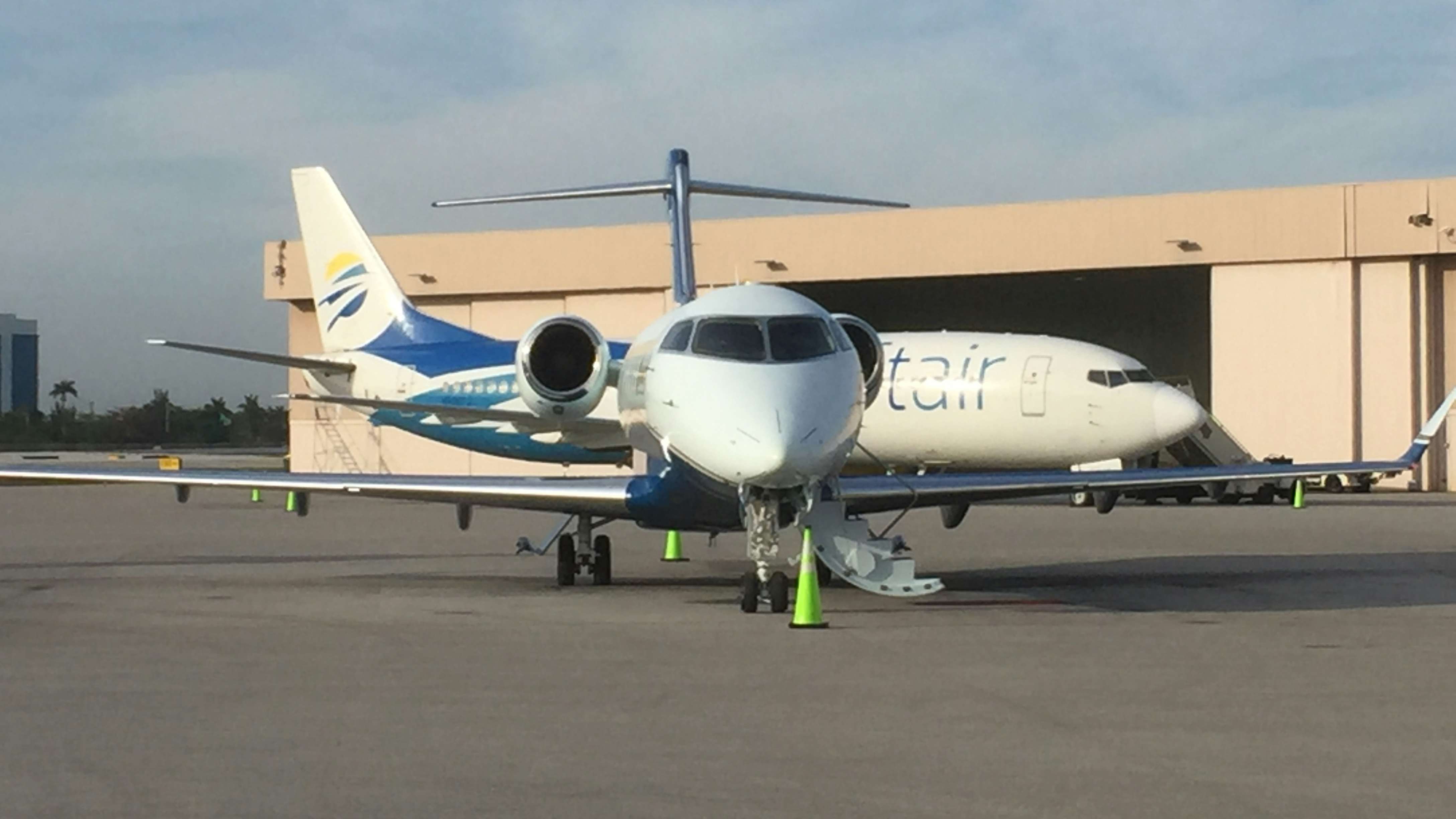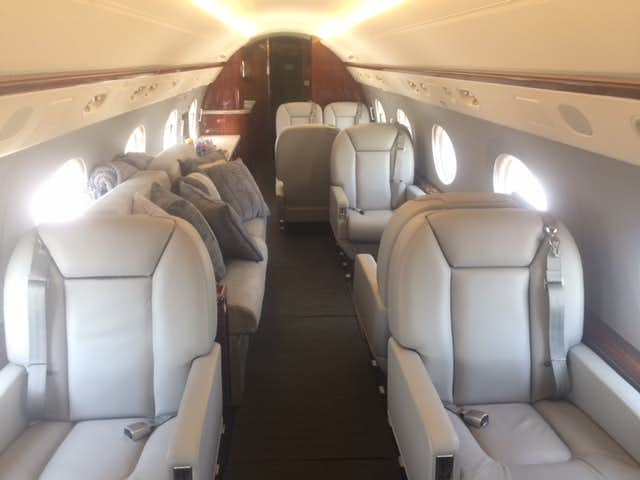The Harris Poll underscores that business aviation helps users build their businesses
According to a recently conducted survey by The Harris Poll, business aviation continues to provide the same benefits that have traditionally been associated with its use, including greater efficiency and flexibility in travel scheduling; heightened employee productivity while en route; access from secondary cities to larger metropolitan areas for exploring business opportunities; and a means of business transport to augment airline travel. It also found 57% of the companies using private aviation have under 500 employees and 62% have just one aircraft.
Here are 10 key findings from the 2018 study. According to Harris, the findings represent a statistically valid representation of the use of business aircraft by the National Business Aviation Association’s 11,000-plus member companies.
Private Jet efficiency survey results:
- Most companies using business aviation are small companies – In the survey, 57 percent of pilots say their companies using business aviation employed 500 or fewer workers.
- The majority of companies using business aviation have only one airplane – In the survey, 62 percent of pilots say these companies operate just one turbine-powered aircraft.
- Many business aircraft are largely flown to towns with little or no airline service – In the survey, pilots say, on average, that more than 42.5 percent of their destinations are airports with infrequent or no scheduled airline service. These pilots also noted that, on average, 31.5 percent of the flights they conducted in the last year were to destinations that have never had commercial air service.
- A primary driver of business aircraft use is scheduling flexibility – The passengers surveyed say, on average, that 51.6 percent of the business aircraft flights they take enable them to keep business schedules that could not be met efficiently using the scheduled airlines.
- Business aviation missions often involve multiple destinations – Pilots say, on average, that 42.2 percent of their trips involve stopping at more than one location.
- Companies use both business aircraft and the airlines as appropriate – According to the passengers surveyed, on average, 65.3 percent of their flights are on business aircraft, while 29.1 percent of their trips are on airliners. The decision on which business tool to use – business aircraft or airliner – appears to be made on a mission-by-mission basis.
- Top management is on board business aircraft just over half the time – The passengers surveyed said that high-ranking executives (e.g., CEO, COO, CFO, Board Directors) are traveling with them only 56 percent of the time. A significant portion of business aircraft passengers includes technical specialists, managers, customers, and others relying on the airplane.
- Employees use their time on company aircraft to be highly effective and productive – Passengers on business aircraft spend, on average, nearly two-thirds of their time (63 percent) aloft engaged in work, including 38 percent of the time meeting with colleagues or customers. When they fly commercially, these same passengers, on average, work only 42 percent of the time. Two-thirds (66 percent) of these passengers say they are more productive, on business aircraft flights than when they are in the office, while nearly 86 percent say they are less productive on commercial flights, compared to when working in their offices.
- Many business airplanes are used to fly humanitarian missions – During the past year, 38 percent of pilots say they have flown humanitarian missions. The pilots reported flying an average of 3.0 humanitarian missions per year.
- It is increasingly clear that companies are now operating in a global marketplace, as more companies using business aircraft are flying internationally – About 23 percent of pilots and 24 percent of passengers say their percentage of overseas flights aboard business aircraft has increased during the past five years.
- More than half of the turbine-powered business airplanes flying today are small jets, turboprops or other small aircraft –These smaller aircraft make up 55.2% of the fleets owned and operated by NBAA members, including 16.7% small jets and 18.7% turboprops.
Which jet card programs allow you to use multiple aircraft at the same time?
Who answered the Harris survey?
The findings of the survey are based on interviews with both business aircraft pilots and passengers. These interviews were conducted online by The Harris Poll in two phases. The first phase was conducted online between Aug. 30 and Sept. 21, 2018, among 202 chief pilots, pilots, flight department managers and directors of flight operations or aviation referred to in this report as pilots. Figures for the number of aircraft per company were weighted where necessary to bring them into line with their actual proportions in the business aircraft population. The second phase consisted of 276 interviews among passengers on business aircraft referred to in the report as passengers conducted between Aug. 30 and Sept. 21, 2018. The passenger completed the survey online. Passenger data were not weighted.

